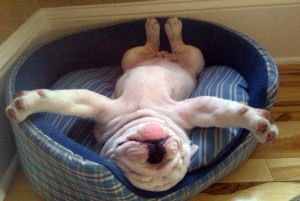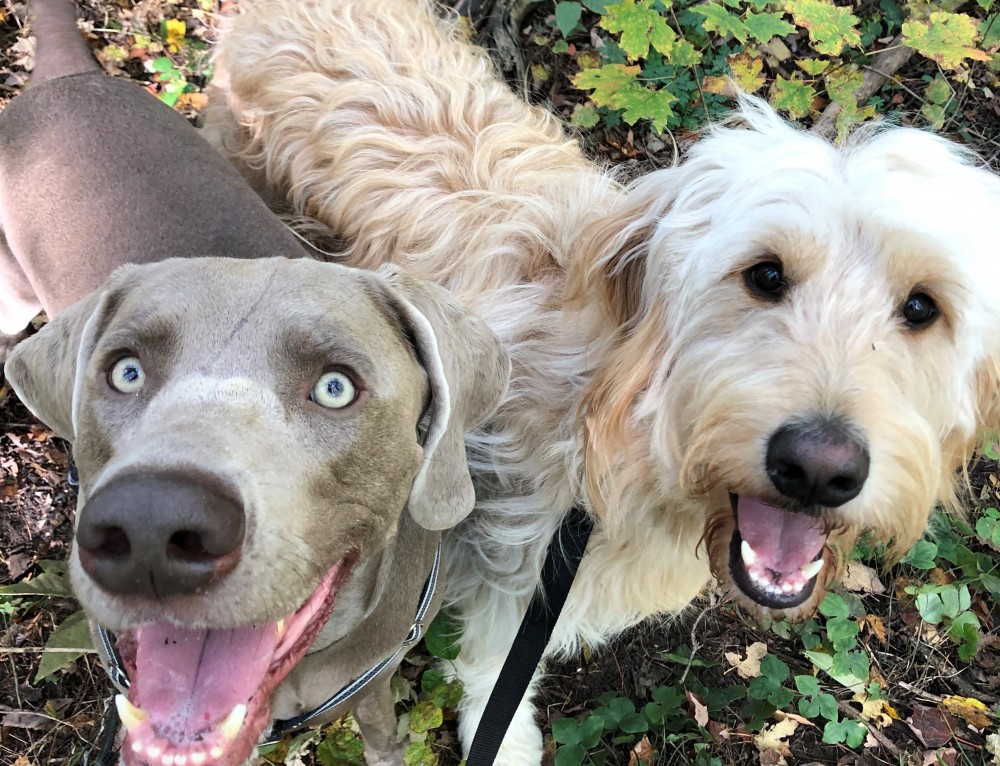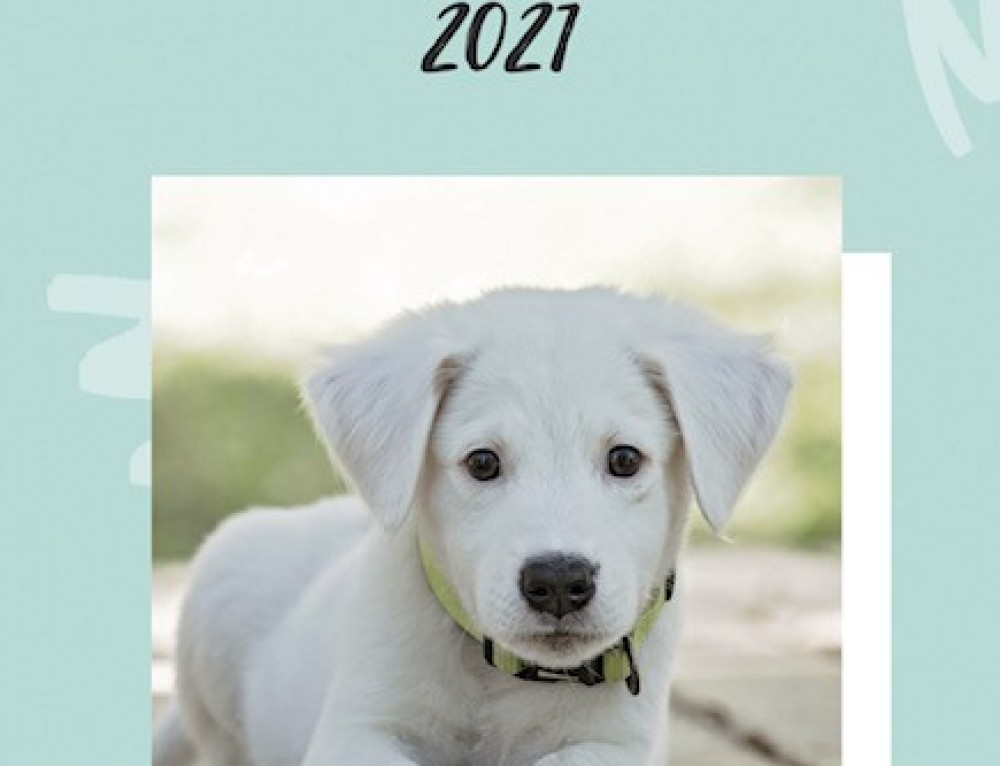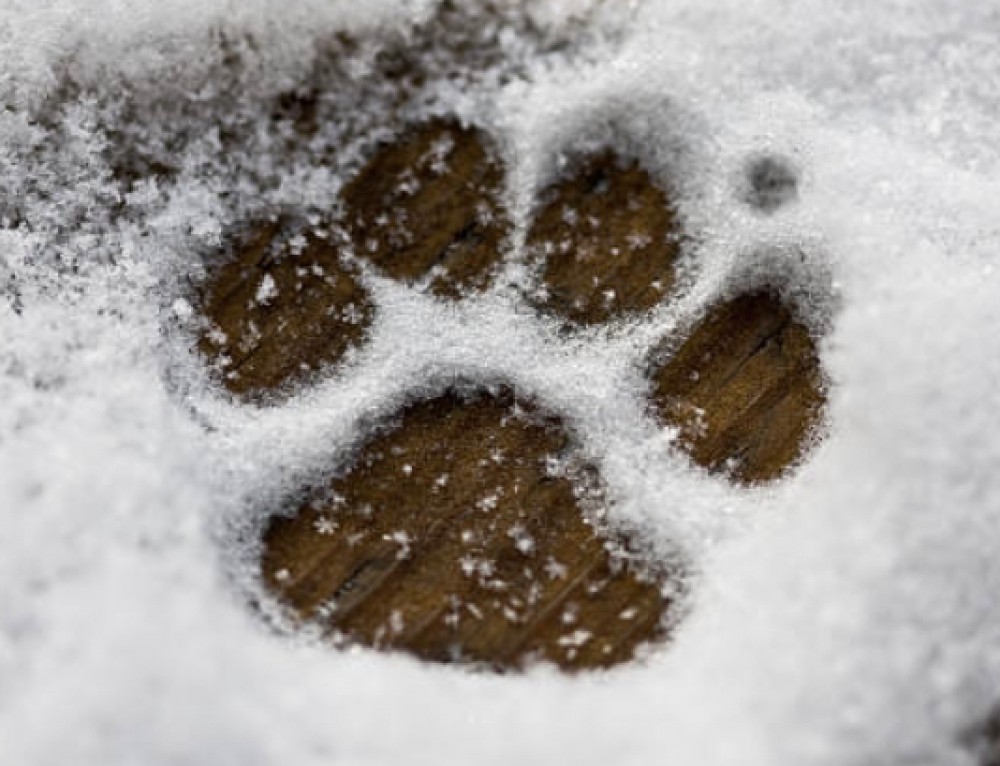Ever wonder why dogs turn around in circles before lying down to sleep? Surely just about every pet owner has watched their dog spin themselves into a tizzy before plopping down onto their bed, satisfied and ready for relaxation. Almost all domestic and wild dogs show this behavior as they prepare to curl up and lie down.
There are many legends that claim to explain this stereotyped behavior. But there are almost no experiments that actually test these claims–in part because such hypotheses would be difficult to verify. However, though we can’t know the exact reasoning, there are a few plausible explanations for this common pooch behavior.
Security Measures: Evolutionary behaviors for self-preservation are among the most powerful, and a dog may intuitively need to turn to position himself at the best possible advantage in the event of an attack. Legend has it that wolves always sleep with their noses to the wind, providing them with a security alarm for danger. Circling enables the animal to determine the direction of the wind.
Pack Mentality: Some dogs may be acting on a more primal instinct when they perform their settling pirouette. Wild wolves traditionally travel in packs. The instinct to form a tight circle proves necessary for survival. Nesting with the pack distributes body heat and ensures that each member remains within the pack’s protective domain. Turning in circles may also demonstrate an act of orientation and establishing a place within the order.
Just Keeping Cool/Warm: Another practical explanation involves temperature control. Dogs that spend time out of doors in warm climates may scratch the dirt to move the hotter, exposed sod and bring cooler soil to the surface before they sit or lie down. In colder weather, turning creates a tighter tuck and assists with heat retention.
What scientists do know is that the behavior is an example of what has traditionally been called a “fixed action pattern.” Fixed action patterns are stereotyped behaviors that are exhibited by all members of a particular species.
These behaviors are triggered by some external or internal stimulus, and once triggered, the pattern usually continues to completion…yawning is a good example of this. Yawns can be triggered by others yawning near you, or by an internal cue. Once started, a yawn is very difficult to stop. Factors such as age, surroundings, or other individual differences may change the exact behavioral pattern. But the basic action pattern is likely an inborn and hard‑wired one.
What do you think?







